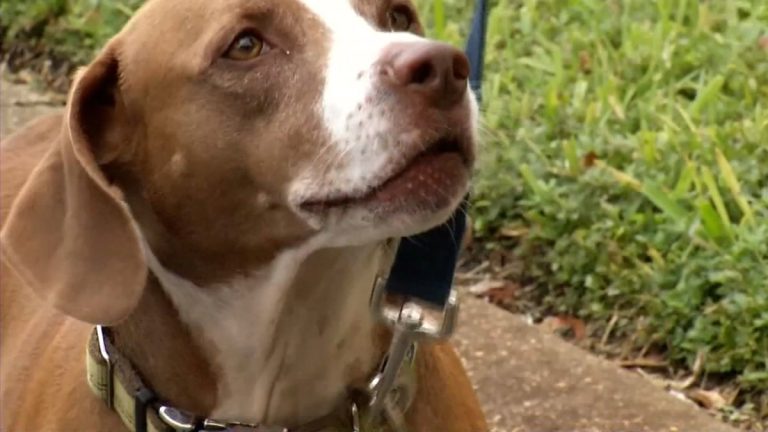Veterinarians and animal advocates are offering pet owners tips and advice to help keep animals safe as an arctic cold front approaches North Texas.
“In these extreme conditions, protecting your pets as much as possible is vital. Pets should be brought indoors if possible. Kennels (with raised floors) are good to help keep out the wind, but additional insulation or heat source should be provided Make sure that Any outdoor housing provided is watertight….The cold is bad, and potentially deadly. Monitor your pet's water when a long freeze is expected. Pets drink less during the winter months, but they still need a viable source, said Cynthia Jones. , medical director of the Humane Society of North Texas (HSNT) clinic, “source water at all times.”
HSNT also has some tips for keeping your pets safe:
- Providing adequate shelter: Make sure your pet has a warm and insulated shelter. This can be a well-insulated dog kennel or a comfortable shelter with blankets for small pets. Make sure it protects them from wind, rain and cold temperatures.
- Warm Bedding: Place warm bedding inside their shelter, such as blankets or straw. This will help them stay insulated from the cold ground.
- Adjust diet: In cold weather, pets may burn more calories to stay warm. Consider modifying their diet to provide additional calories, but consult your veterinarian to determine the appropriate amount.
- Check water bowls: Make sure your pet always has access to water that is not frozen. Check their water bowls regularly and replace frozen water with fresh, lukewarm water.
- Appropriate Dress: For some pets, especially small or short-haired breeds, consider wearing appropriate pet clothing designed for cold weather. This can help keep them warm during outdoor activities.
- Limit outdoor time: Limit the time your pet spends outside during extremely cold weather. If possible, encourage them to exercise indoors or take short walks.
- Protect Paws: Cold weather can be tough on your pet's paws. Consider using a pet-safe paw balm to protect their pads from salt and snow. You can also use socks designed for pets.
- Regular Grooming: Keep your pet's coat clean and well-groomed. A clean and well-maintained coat provides better insulation against the cold.
- Check for signs of cold stress: Watch for signs of cold stress, such as shivering, lethargy, or searching for warm places. If you notice any concerning behavior, consult your veterinarian.
- Visit the Vet: Schedule a checkup with your vet before the start of winter. Make sure your pet is healthy and discuss any specific concerns or precautions needed based on his breed and health condition.
Advocates also warn that any air treatments you may use on your sidewalk or driveway don't stick to your pets' paws.
“If you're using salt or other chemicals to keep ice off the sidewalk and sidewalks, just know that those can hurt your pet, they can be toxic, they can be fatal to pets depending on that chemical, so pets are going to lick their feet off,” she said. Maura Davies of the SPCA: “Be sure to gently wipe their feet with warm water and a cloth when you bring them in.”
Another helpful tip for everyone, not just pet owners: If your car is parked outside, be sure to knock on the side or hood before starting it. Honking the horn can also alert animals that may be hiding underneath or inside for warmth.

